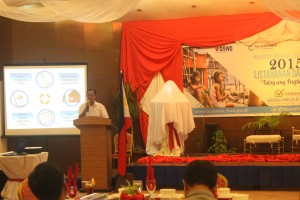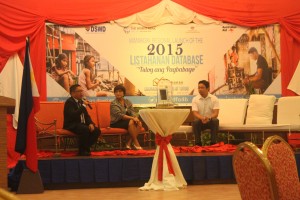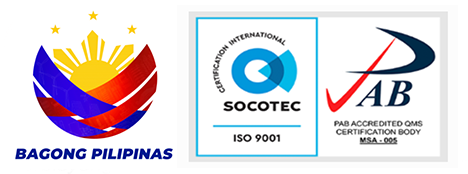
PUERTO PRINCESA CITY- The Department of Social Welfare and Development (DSWD) MiMaRoPa launched the 2015 Listahanan Database: Regional Profile of Poor with the theme, ‘Tuloy ang Pagbabago’ in Palawan on Thursday, June 30.
The 2015 database reveals that from the 569,316 households assessed and validated regionwide, 207,863 or 36.5 percent are identified poor compared from the 242,633 or 47.2% poor in 2009 assessment. The magnitude of poor households falls by 11% according to this new database.
In Oriental Mindoro 53,323 poor households identified; 37,983 poor households in Occidental Mindoro; 13,177 poor households in Marinduque; 19,860 poor households in Romblon; and 83,520 poor households in Palawan.
“To identify the poor, Listahanan uses the Proxy Means Test or PMT, a statistical formula that estimates household income using verifiable variables indicated in the family assessment form (FAF),” said Euberto Gregorio Project Development Officer.
The FAF is the main tool used by the Department which contains questions on demography, sectoral and household, family and individual profile.
PMT estimated household income is compared to the existing provincial threshold set by the Philippine Statistics Authority. Income falls below the poverty threshold is considered poor while household income above the threshold is tagged as not poor, Gregorio added.
“In MiMaRoPa, the top three towns with the highest number of identified poor are Balabac, Rizal in Palawan and Magsaysay town in Occidental Mindoro,” said DSWD Regional Director Wilma Naviamos.
Aside from the profile of the poor, the new database can generate also data on women, children and youth, senior citizens, person with disability, indigenous people and access to services like electricity, water source, health and education.
However, Listahanan data can only be accessed upon the execution of data sharing through a Memorandum of Agreement, Naviamos continued.

DSWD clarifies that Listahanan result is not the official poverty incidence.
Listahanan is a mechanism to identify who and where the poor are nationwide. It serves as the basis for beneficiary selection of government programs and services.
The regional launch was attended by representatives from government agencies, local government units, academe, civil society organizations and media.
“We hope with this updated data of poor, strengthens our partnership and the continuous data utilization towards our common vision: a society where the poor, vulnerable and disadvantaged are empowered for an improved quality of life,” Naviamos concluded.###
![]()


